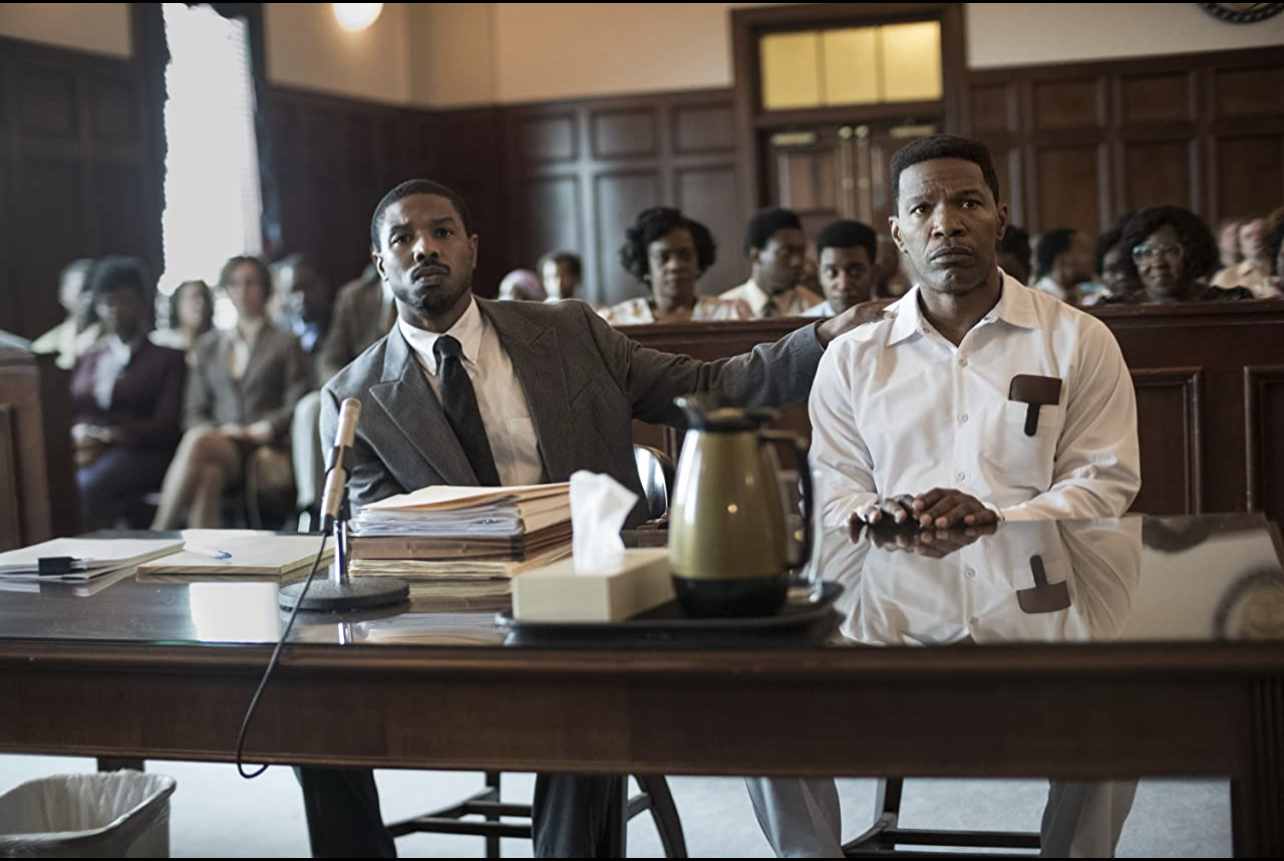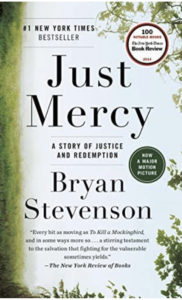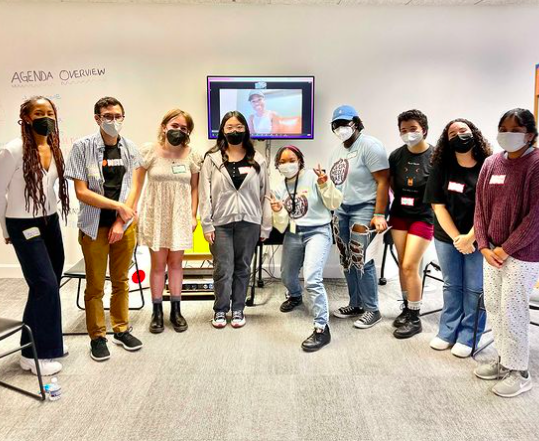“The opposite of poverty is not wealth. The opposite of poverty is justice. The real question of capital punishment in this country is not do they deserve to die, but do we deserve to kill?” — Bryan Stevenson in his best-selling memoir “Just Mercy.”
In my AP Language and Composition class, we all read “Just Mercy,” a book and later, a 2019 movie that covers the struggles of injustice in the incarceration system. It revolves around the story of Bryan Stevenson, a Harvard Law School graduate whose goal is to provide equal legal services to people convicted of crimes who were later proven innocent through his non-profit, the Equal Justice Initiative.
Just this week, I was able to watch the “Just Mercy” movie. By the end of the movie, I was beyond moved. In fact, there are absolutely no words to describe how I felt. The movie left me in tears because I simply could not believe that I lived in a country where people, especially those of color, were not granted the same rights as those who were white or more well off. Every single case shown in the book and movie was in fact real. Both the book and film take place in the deep south in a town called Monroeville, Alabama. Throughout the movie, we see extreme white supremacy, bigotry, and racism that I cannot even begin to describe. This book hit really close to home, as someone who has grown up in a battleground state their entire life, as I have seen and heard injustice in its purest form. These injustices can happen to just about anyone and that is why we must take action and not wait for change and remember that being a bystander will accomplish nothing.
A 90-Minute Trial
The biggest case presented is the one of Walter McMillan. McMillian, also known as “Johnny D” to his friends and family, was convicted of the 1988 murder of Rhonda Morrison. Walter McMillian (played in the 2019 film by Oscar-winning actor Jamie Foxx), was a Black man found guilty of the murder of a young white woman. McMillian worked as a clerk in a dry cleaning company in Monroeville and was condemned to death.
His trial was only an hour and a half long. McMillian was accused by three witnesses, and the jury disregarded multiple alibi witnesses, all of whom were African-American, who testified that he was at a church fish fry at the time of the incident. McMillian was condemned to death by the trial judge, who overruled the jury’s life sentence verdict.
Once McMillian meets Stevenson (played in the film by Michael B. Jordan), there is hope. Stevenson files a motion for a re-trial. After the Alabama Court of Appeals turned down McMillian’s four appeals and he served six years on death row, the appeals court finally reverses a lower court decision and the charges are finally dropped.
Throughout the memoir and movie, we see McMillian’s family and neighbors come together to support him through the journey of his incarceration. The movie is filled with dramatic ups and downs that keep you on your feet and educate you on the systematic issue of the death penalty.
Death Row: By The Numbers
The crazy thing is, there have been studies that prove the death penalty is ineffective. In addition, it does not address the problem of criminality, puts innocent people at risk, and does not deter crime as it should. According to a 2011 report conducted by the state of California, since 1978, California alone has spent more than $4 billion administering the death sentence, amounting to more than $308 million for every person executed since the death penalty was revived. Convicting and sentencing someone to life without the possibility of parole, on the other hand, costs between $200,000 and $300,000. Meaning, it is literally costing the state more to put people on death row.
The big question is, how do we support those who have been wrongfully convicted? Those who suffer from mental illness are at risk to be executed even earlier than their set date. Mental Health America, a mental health nonprofit, estimates that five to 10 percent of all death row inmates have a severe mental illness. Currently, most inmates on death row are not provided with adequate resources to help them combat their mental illness. In many cases, this is the reason they committed a crime — because they were not in the right state of mind. In addition, mental illness is another way the system uses to put away innocent people and back up mass incarceration. Mental health resources need to be provided to those on the death penalty. With these resources, the incarceration rate has a chance of going down.
The Role of Mental Health
Another client from both the “Just Mercy” book and movie that struck me was the case of Herbert Richardson, (played by Rob Morgan in the film), a Black man who was a mentally disabled war veteran. Richardson served in Vietnam and his service took a toll on his mental health when he was diagnosed with Post Traumatic Stress Disorder (PTSD). He grew fascinated with a nurse, and after being rejected by her, his mind was filled with the notion that if he came to her rescue after she came into touch with a bomb he had sent her, she would fall in love with him.
In 1978, he unintentionally ends up killing a young woman named Rena Mae when she comes outside to inspect the package containing the bomb and it explodes. Richardson was charged with capital murder, even though Stevenson argued the charge should have been involuntary manslaughter.
Richardson was sentenced to the death penalty. In 1989, Richardson’s execution becomes the first Stevenson ever witnessed. In my opinion, this was a motivating turning point in the book for Bryan. In the film, the execution is told in flashback just as the motion to reopen Walter McMillian’s case has been denied and Stevenson is discouraged. I believe the flashback scene tells the audience that Bryan Stevenson saw that he could not let this happen to another client.
Today, Bryan Stevenson has been helping the incarcerated for over 30 years. At the EJI, he has released and or reversed convictions of over 140 incarcerated prisoners. In 2013, Walter McMillian passed away due to dementia that was primarily catalyzed by the six-plus years that he spent on death row. His years on death row impacted him until the day he died.
A Shocking Rate of Error
For every nine people who have been executed via the death penalty, one person has been proven innocent. That’s a shocking rate of error in the justice system of America. This is why it is so important that we educate ourselves not only about the death penalty and its long-lasting effects but the so-called justice system that favors wealthy people and not the innocent.
The Equal Justice Initiative is still a fully functioning nonprofit that provides free of charge legal assistance to the innocent who has been wrongfully charged and incarcerated. I urge you all to educate yourself and check out their website.






The death penalty is indeed ineffective and a horrific practice. I’m glad you are learning about it and I hope your teacher talks to you about the legacy of death penalty in the south.
Great article!! Very informative and well written.
Very well done